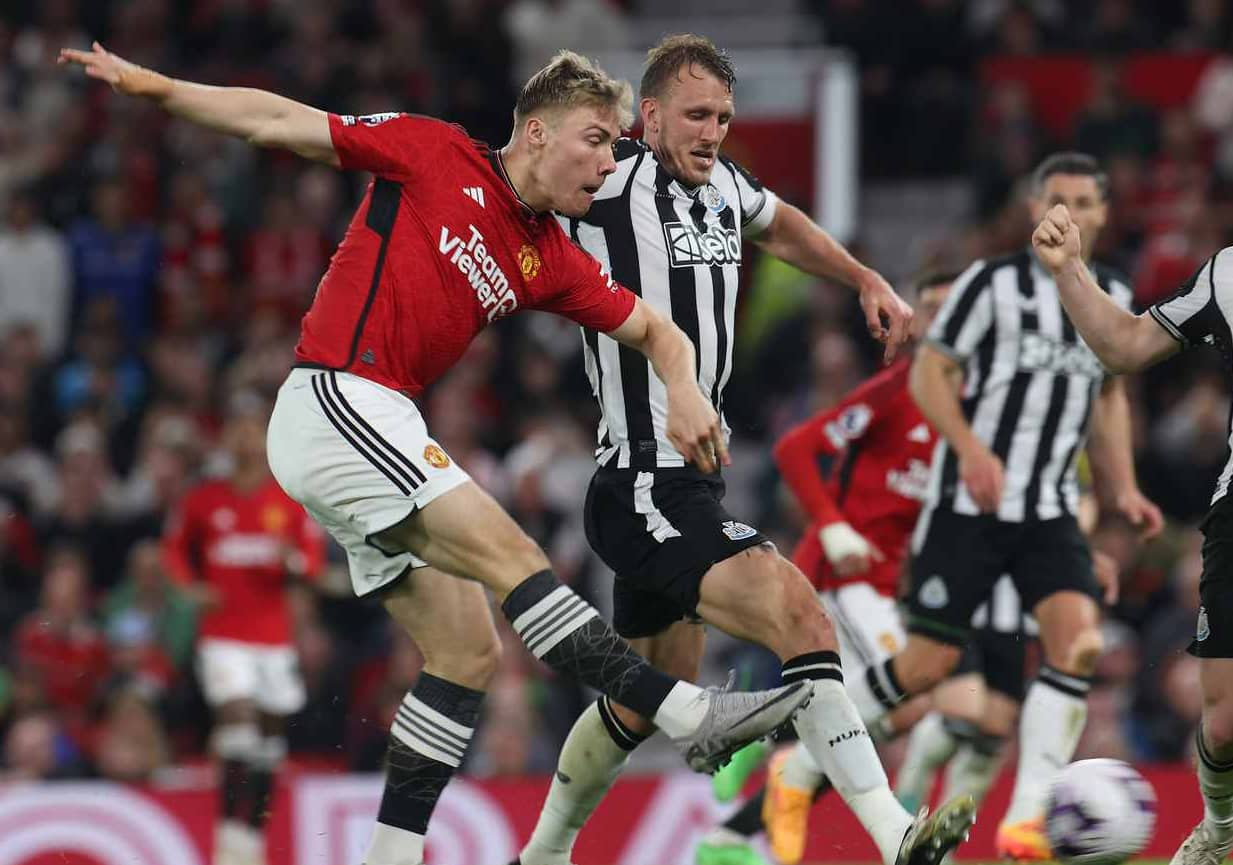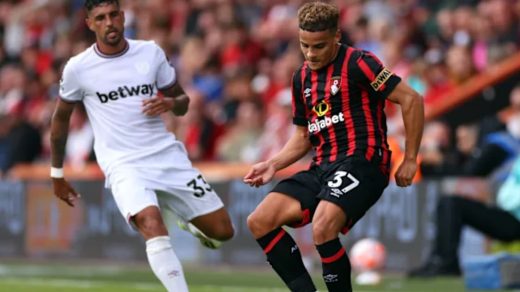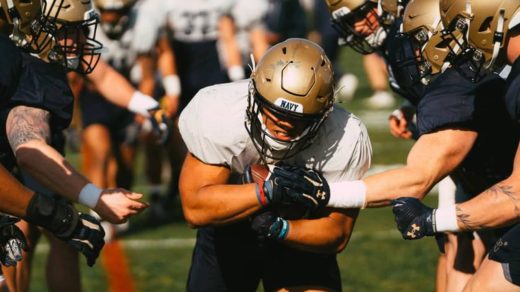In a pulsating Premier League encounter that will be etched in the memories of football fans, Newcastle United and Liverpool produced a spectacular six-goal thriller on December 4, 2024.
The Round 14 clash at St. James’ Park exemplified everything that makes English football extraordinary, culminating in a dramatic 3-3 draw that showcased both teams’ resilience and attacking prowess.
Newcastle United F.C. Vs Liverpool F.C. Timeline

This match represented the perfect blend of tactical sophistication, individual brilliance, and the relentless spirit that defines Premier League football at its finest.
Pre-Match Strategic Overview
Newcastle’s Tactical Framework
- Implementation of an aggressive pressing system
- Focus on exploiting wide areas
- Structured defensive organization
- Quick transition tactics
- Set-piece preparation emphasis
Liverpool’s Game Plan
- Possession-based dominance strategy
- High defensive line setup
- Counter-pressing implementation
- Midfield control emphasis
- Rapid attacking transitions
Team Formations and Personnel Analysis
Newcastle United’s Setup (4-3-3)
| Position | Player | Strategic Role | Key Attributes |
|---|---|---|---|
| GK | Pope | Shot-stopping specialist | Aerial command |
| RB | Livramento | Attacking fullback | Speed, crossing |
| CB | Schar | Ball-playing defender | Distribution |
| CB | Burn | Aerial specialist | Physical presence |
| LB | Hall | Defensive stability | Positioning |
| CM | Tonali | Deep playmaker | Vision |
| CM | Bruno Guimaraes | Box-to-box | Technical control |
| CM | Joelinton | Physical presence | Ball retention |
| RW | Murphy | Width provider | Pace |
| ST | Isak | Target man | Finishing |
| LW | Gordon | Inside forward | Creativity |
Liverpool’s Formation (4-3-3)
| Position | Player | Strategic Role | Key Attributes |
|---|---|---|---|
| GK | Kelleher | Distribution Specialist | Ball playing |
| RB | Quansah | Defensive support | Positioning |
| CB | Gomez | Cover defender | Versatility |
| CB | Van Dijk | Defensive leader | Aerial dominance |
| LB | Robertson | Attacking outlet | Crossing |
| CM | Gravenberch | Box-to-box | Physical presence |
| CM | MacAllister | Creative hub | Vision |
| RW | Salah | Inside forward | Goal scoring |
| CAM | Jones | Playmaker | Ball control |
| LW | Gakpo | Wide forward | Movement |
| ST | Nunez | Mobile striker | Speed |
First Half Analysis (0-45 Minutes)
Opening Phase (0-15 Minutes)
- Cautious start from both teams
- Liverpool establishing possession control
- Newcastle’s strategic pressing patterns
- Early tactical adaptations
- Midfield battle emergence
Building Momentum (15-35 Minutes)
- Increased attacking intent
- Effective counter-attacks from Newcastle
- Liverpool’s territorial domination
- Wide player influence growing
- Technical battles in midfield
Breakthrough Period (35-45 Minutes)
- 35′ GOAL – Isak (Newcastle 1-0 Liverpool)
- Build-up play analysis
- Defensive positioning breakdown
- Immediate tactical responses
- Momentum shift impact
- Half-time approaching dynamics
Second Half Analysis (45-90 Minutes)
Early Second Half (45-60 Minutes)
- Liverpool’s tactical adjustments
- 50′ GOAL – Jones (1-1)
- Equalizer build-up
- Tactical shift effectiveness
- Newcastle’s reorganization
- 62′ GOAL – Gordon (2-1)
- Counter-attacking excellence
- Defensive transition analysis
Middle Phase (60-75 Minutes)
- Liverpool’s triple substitution impact
- 68′ GOAL – Salah (2-2)
- Tactical evolution
- Changed match dynamics
- Increased tempo from both sides
- Midfield control battle
Climactic Finish (75-90 Minutes)
- 83′ GOAL – Salah (2-3)
- Pressure build-up
- Technical execution
- 90′ GOAL – Schar (3-3)
- Set-piece effectiveness
- Late drama impact
Statistical Deep Dive
Possession and Control Metrics
| Metric | Newcastle United | Liverpool |
|---|---|---|
| Overall Possession | 41% | 59% |
| First Half Possession | 39% | 61% |
| Second Half Possession | 43% | 57% |
| Successful Passes | 387 | 556 |
| Pass Accuracy | 78% | 85% |
| Territory Control | 45% | 55% |
Attacking Performance
| Metric | Newcastle United | Liverpool |
|---|---|---|
| Total Shots | 16 | 17 |
| Shots on Target | 8 | 9 |
| Expected Goals (xG) | 2.8 | 2.9 |
| Big Chances Created | 4 | 5 |
| Corners | 6 | 8 |
| Successful Crosses | 7 | 8 |
Defensive Actions
| Metric | Newcastle United | Liverpool |
|---|---|---|
| Tackles Made | 22 | 18 |
| Successful Tackles | 16 | 13 |
| Interceptions | 15 | 12 |
| Clearances | 24 | 20 |
| Blocks | 8 | 6 |
| Aerial Duels Won | 18 | 22 |
Tactical Evolution Throughout the Match
First Half Tactical Approaches
Newcastle’s Strategy
- High pressing triggers
- Midfield compactness
- Wide player positioning
- Striker movement patterns
- Defensive transition organization
Liverpool’s Methodology
- Build-up play structure
- Midfield rotation system
- Full-back positioning
- Forward line movement
- Counter-press organization
Second Half Tactical Shifts
Newcastle’s Adjustments
- Pressing intensity modifications
- Defensive block adjustments
- Counter-attacking variations
- Set-piece modifications
- Substitution influence
Liverpool’s Evolution
- Formation adaptations
- Pressing triggers adjustment
- Attacking phase variations
- Defensive line positioning
- Substitution impact
Key Individual Performances
Outstanding Players
Mohamed Salah (Liverpool)
- Match Statistics
- Two goals scored
- Key passes: 4
- Shots on target: 3
- Successful dribbles: 5
- Performance Impact
- Goal-scoring efficiency
- Attacking movement
- Team play contribution
- Defensive work rate
Alexander Isak (Newcastle)
- Match Statistics
- One goal scored
- Key passes: 3
- Shots on target: 2
- Successful hold-up plays: 6
- Performance Impact
- Target man role
- Link-up play
- Pressing effectiveness
- Movement creation
Bruno Guimaraes (Newcastle)
- Match Statistics
- Pass completion: 89%
- Tackles won: 4
- Interceptions: 3
- Key passes: 5
- Performance Impact
- Midfield control
- Defensive coverage
- Attacking contribution
- Leadership display
Substitution Impact Analysis
Newcastle United Changes
74′ Murphy → Barnes
- Tactical reasoning
- Immediate impact
- Position modification
- Team shape adjustment
88′ Triple Change
- Tonali → Longstaff
- Joelinton → Willock
- Gordon → Wilson
- Combined impact assessment
Liverpool Changes (67′)
- Gomez → Alexander-Arnold
- Gravenberch → Szoboszlai
- Gakpo → Diaz
- Formation adjustment impact
Technical Aspects Analysis
Set-Piece Effectiveness
Corner Kicks
- Delivery patterns
- Movement schemes
- Success rates
- Defensive organization
Free Kicks
- Direct attempts
- Indirect routines
- Defensive setups
- Execution quality
Transition Play
Counter-Attacking
- Speed of transitions
- Player positioning
- Success rates
- Key moments
Counter-Press
- Trigger points
- Recovery success
- Team organization
- Effectiveness analysis
Match-Defining Moments
Key Incidents
- Isak’s opening goal technique
- Jones’ equalizer build-up
- Gordon’s counter-attack finish
- Salah’s double impact
- Schar’s last-minute equalizer
Tactical Turning Points
- Liverpool’s triple substitution
- Newcastle’s late tactical shift
- Formation adaptations
- Pressing intensity changes
- Set-piece execution
Frequently Asked Questions (FAQs)
Q: What made this match particularly memorable?
- Six-goal spectacle
- Multiple lead changes
- High-quality attacking play
- Tactical evolution
- Late drama
Q: How did substitutions influence the game?
- Liverpool’s triple change effectiveness
- Newcastle’s late tactical adjustments
- Impact on team dynamics
- Momentum shifts
Q: Which tactical elements defined the match?
- Midfield battle importance
- Pressing patterns
- Transition play effectiveness
- Set-piece influence
Q: What were the statistical dominants?
- Possession balance
- Shooting efficiency
- Defensive metrics
- Overall performance indicators
Q: What were the key turning points?
- Goal impacts
- Substitution influence
- Tactical shifts
- Momentum changes
Also Check:
- Manchester United F.C. Vs Brentford F.C. Timeline
- Al Tai FC Vs Al Akhdoud Timeline
- West Ham Vs A.F.C. Bournemouth Timeline
- A.F.C. Bournemouth Vs Arsenal F.C. Timeline
Conclusion:
This extraordinary 3-3 draw between Newcastle United and Liverpool stands as a testament to the incredible quality and competitiveness of Premier League football.
The match exemplified the highest levels of tactical sophistication, technical excellence, and competitive spirit that define English football’s top flight.
Both teams demonstrated their ability to adapt, respond, and maintain their tactical discipline throughout a constantly evolving contest.
The fixture will be remembered not just for its six goals, but for the way it showcased the strategic depth and resilience of both clubs.
Newcastle United proved their ability to compete with the Premier League’s elite, while Liverpool demonstrated their characteristic fighting spirit and tactical flexibility.
The dramatic ebb and flow of the match, punctuated by moments of individual brilliance and collective excellence, created a spectacle that will be referenced as one of the season’s defining encounters.
This match served as a perfect advertisement for the Premier League’s reputation as the world’s most exciting football competition, where no result is certain until the final whistle.
Both Newcastle United and Liverpool contributed to a contest that will be discussed and analyzed for years to come, demonstrating why football at this level continues to captivate audiences worldwide.



